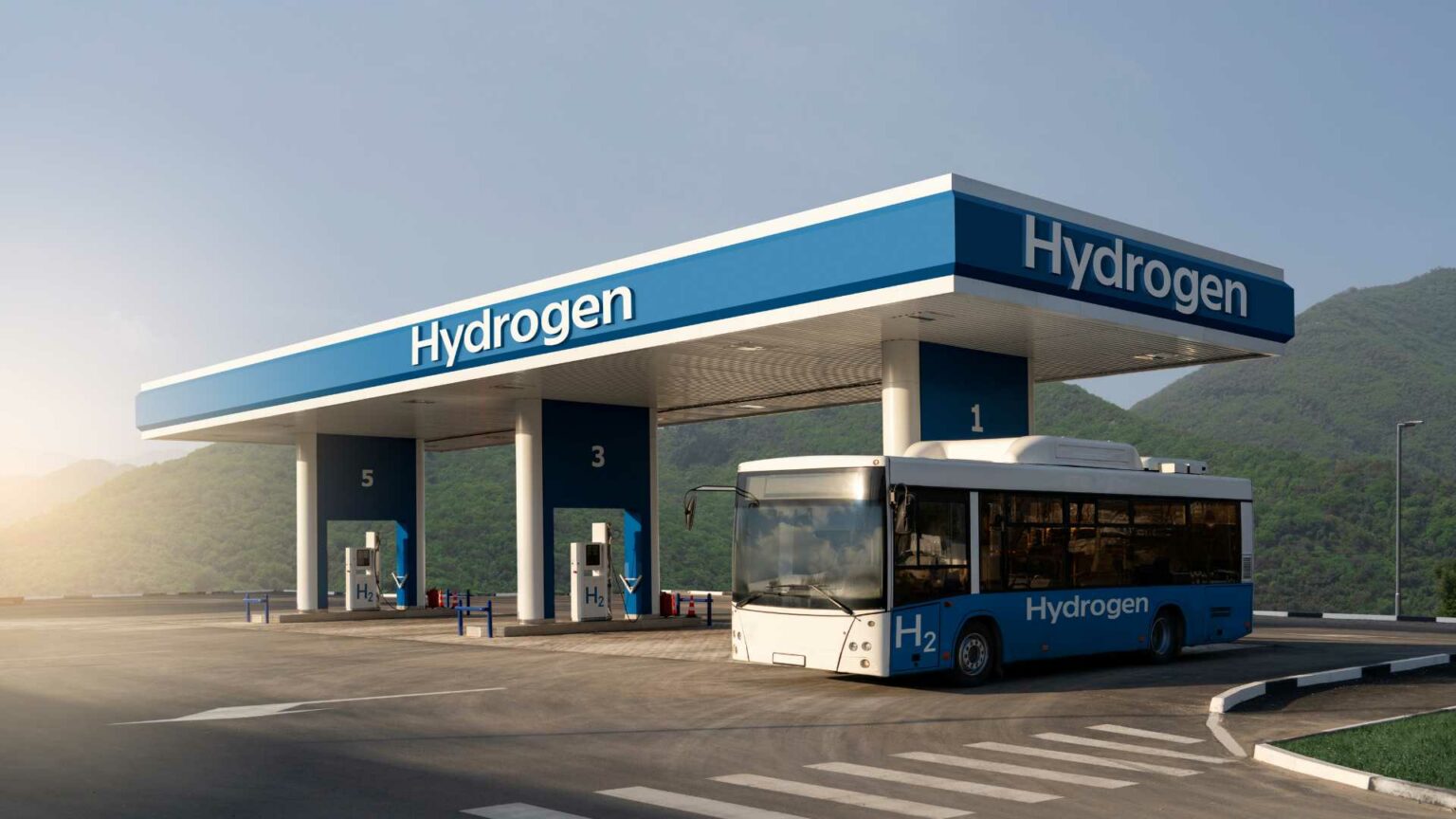San Mateo County Transit District Board of Directors has given the green light to the purchase of up to 108 hydrogen fuel cell buses. This decision marks a crucial milestone in SamTrans’ journey toward achieving its Emission Zero goal, aiming to fully transition its fleet away from diesel by 2034.
The primary goal of this initiative is to replace aging diesel buses that have surpassed their useful lifespan, with a focus on embracing clean and eco-friendly hydrogen fuel cell technology. By introducing 108 new fuel cell buses, SamTrans aims to make a substantial impact on reducing emissions, contributing to the broader effort to combat climate change.
The contract for these cutting-edge 40-foot low-floor Fuel Cell Electric Buses (FCEBs) has been awarded to New Flyer of America. The buses are expected to enter revenue service in the coming years, heralding a new era of sustainable public transit in San Mateo County. The fuel cell technology offers a promising alternative to traditional diesel engines, providing an environmentally friendly and efficient solution for public transportation.
The board’s approval comes with a contract price not exceeding $168.25 million, reflecting a commitment to making sustainable choices within a financially responsible framework. This investment is seen as a strategic move, considering the long-term benefits of reduced operational costs and a smaller environmental footprint.
As the new fuel cell buses join the fleet, they will contribute to SamTrans’ growing number of zero-emission vehicles. The district is already set to operate 17 battery electric buses (BEBs) by the end of December, with the first 10 FCEBs scheduled for launch in the upcoming winter. This diversified fleet underscores SamTrans’ dedication to exploring and implementing various clean energy solutions.
The approved contract not only prioritizes fleet replacement but also aligns with the Reimagine SamTrans service plan. This includes provisions for purchasing FCEBs to support new routes, with a specific emphasis on historically underserved communities. This strategic approach aims to ensure equitable access to sustainable and efficient public transportation options for all residents.





